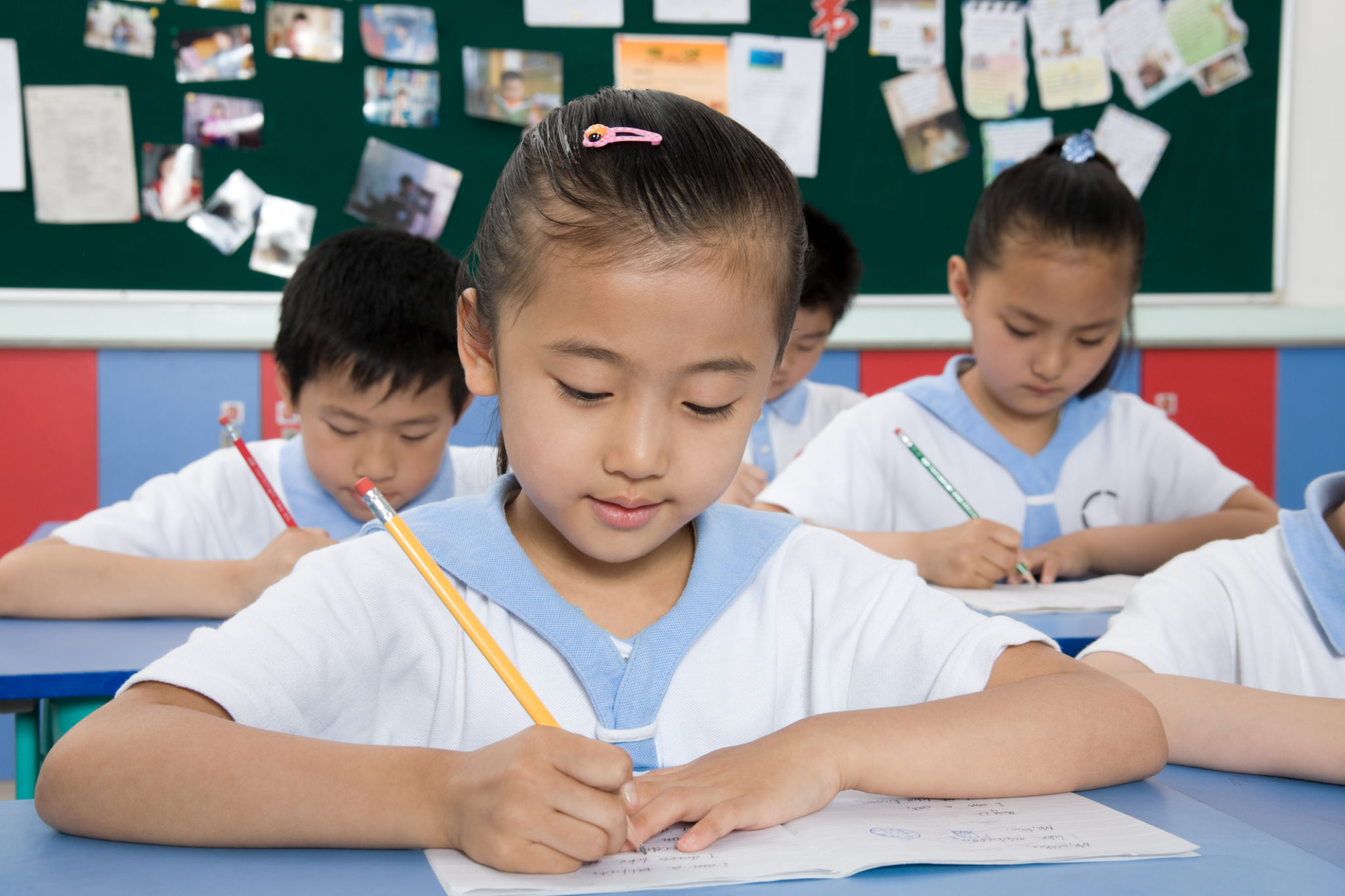FAQs on Child Soldier Recruitment and Prevention Policies
Understanding Child Soldier Recruitment
Child soldier recruitment is a grave violation of human rights that affects thousands of children worldwide. These young individuals are often forcibly recruited by armed groups and forced into combat or support roles. Understanding the dynamics behind this practice is crucial for developing effective prevention policies.
Children are targeted for recruitment due to their perceived malleability and obedience. They can be easily manipulated and may lack the ability to resist or escape their captors. Some children are abducted, while others might join voluntarily due to poverty, family pressure, or ideological indoctrination.

Key Factors Contributing to Child Soldier Recruitment
Several factors contribute to the recruitment of child soldiers. These include ongoing armed conflicts, political instability, and economic hardships. In regions where government services are weak or non-existent, children become more vulnerable to recruitment by armed groups seeking to bolster their ranks.
Moreover, the breakdown of community structures and traditional protection mechanisms leaves children at a higher risk. In some cases, families might see the involvement of their children in armed groups as a means of survival or protection amid conflict.
Prevention Policies and Strategies
Preventing child soldier recruitment requires a multifaceted approach that addresses the root causes of this practice. Effective prevention policies often involve strengthening legal frameworks, improving education access, and providing economic opportunities for families. Additionally, raising awareness about the rights of children is essential in communities vulnerable to recruitment.

International Legal Frameworks
Several international legal instruments exist to combat child soldier recruitment. The United Nations Convention on the Rights of the Child (CRC) and its Optional Protocol on the involvement of children in armed conflict are pivotal documents. These frameworks urge countries to take legislative, administrative, and educational measures to prevent recruitment and use of children in hostilities.
Countries that ratify these protocols are obligated to criminalize the recruitment of children under 18 and implement policies that provide rehabilitation and reintegration support for former child soldiers.
Community-Based Prevention Efforts
Community-based prevention strategies play a crucial role in keeping children safe from recruitment. Local organizations often work in partnership with international NGOs to create child-friendly spaces that offer education, psychological support, and vocational training. These programs aim to provide children with alternatives and empower them to resist recruitment.

Community education campaigns also help raise awareness among parents and guardians about the risks and consequences of child soldier recruitment. By fostering environments that prioritize children's rights and well-being, communities can become strongholds against recruiters.
The Role of Education in Prevention
Access to quality education is a powerful tool in preventing child soldier recruitment. Schools offer safe spaces for children to learn, grow, and develop critical thinking skills that can help them resist indoctrination. Educational programs focused on peacebuilding and human rights can further empower children to advocate for themselves and their peers.
By investing in educational infrastructure and teacher training, governments can create long-term solutions that reduce the vulnerability of children to recruitment. Education not only protects children but also helps build a foundation for peaceful and prosperous societies.